 Lesson 1
Lesson 1
 Lesson 2
Lesson 2

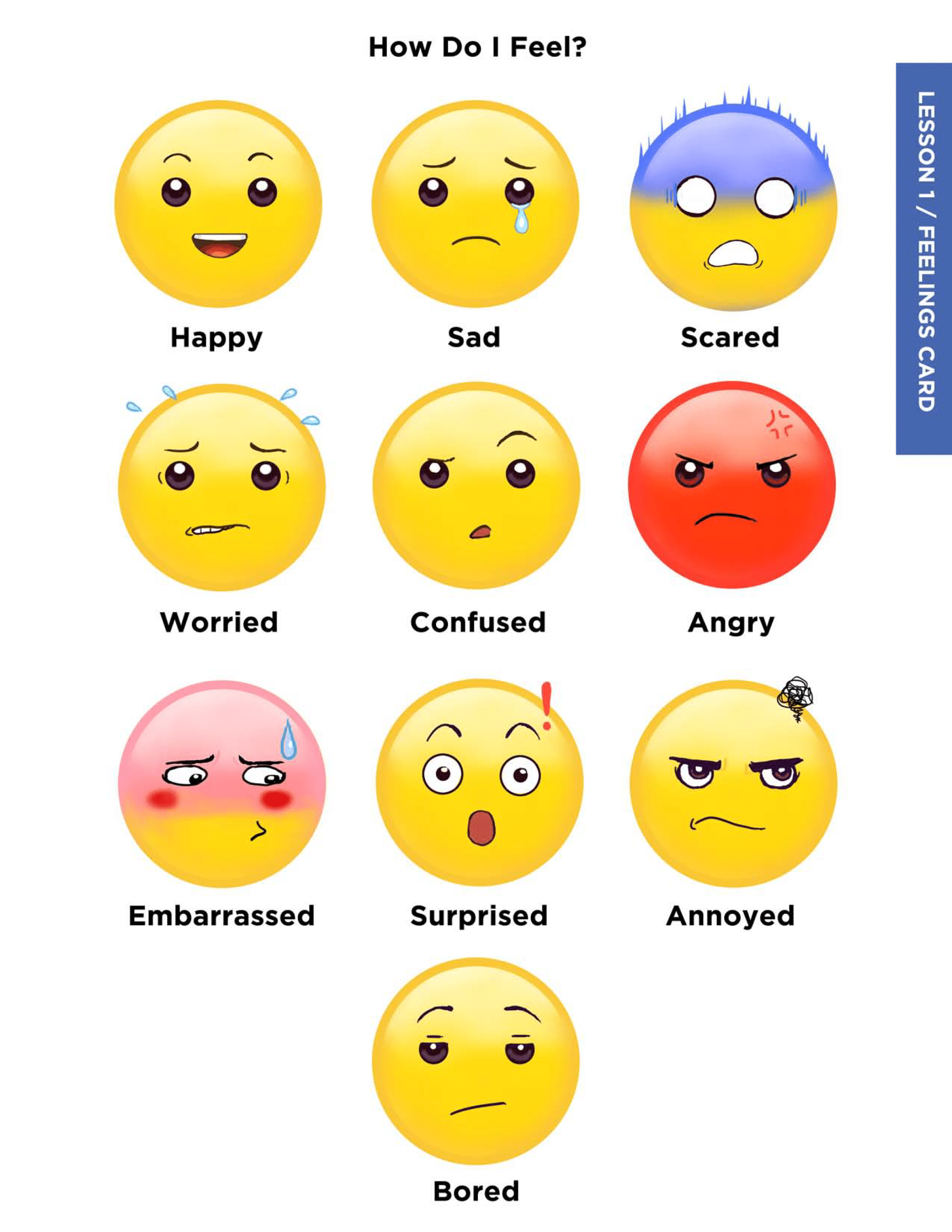 Lesson 1
Lesson 1
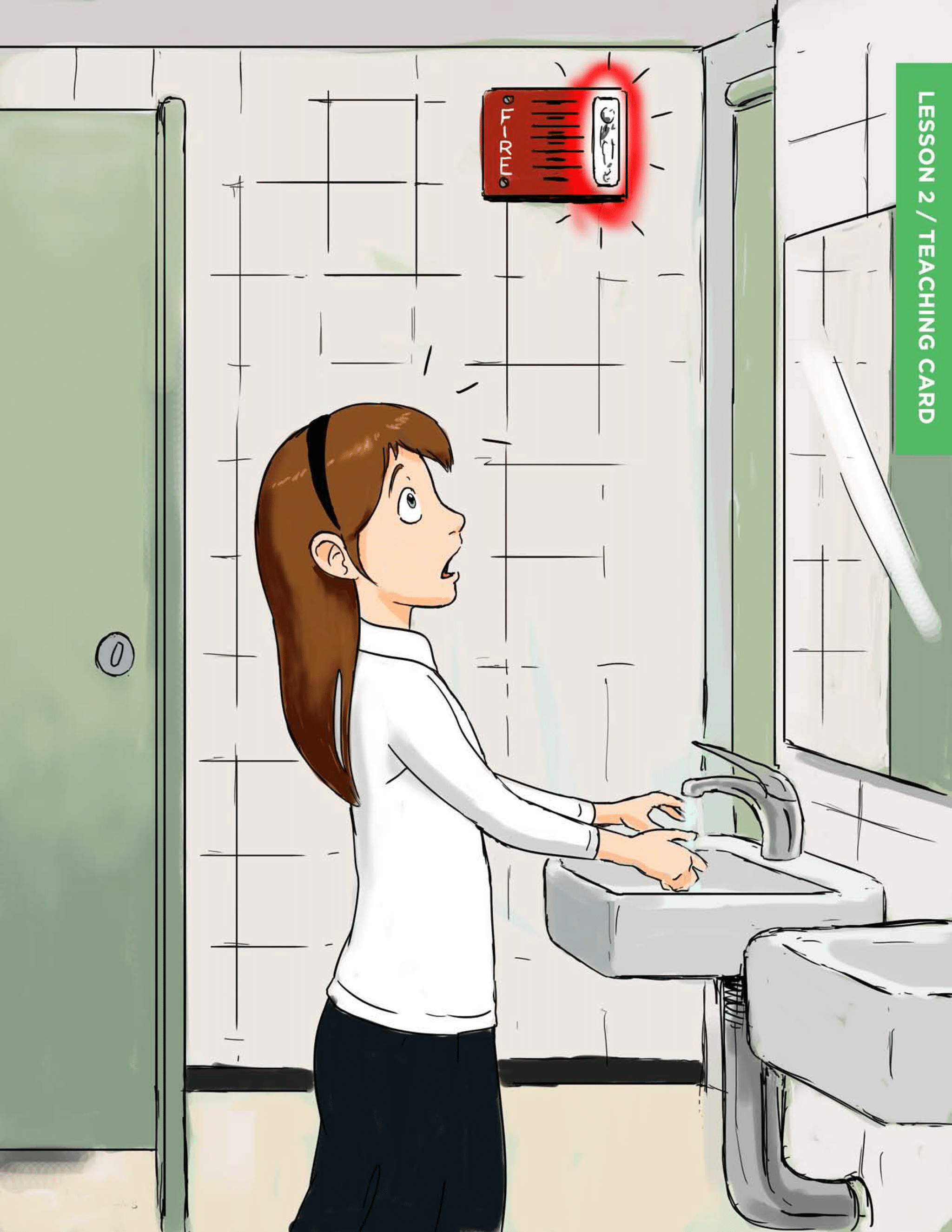 Lesson 2
Lesson 2
 Lesson 3
Lesson 3
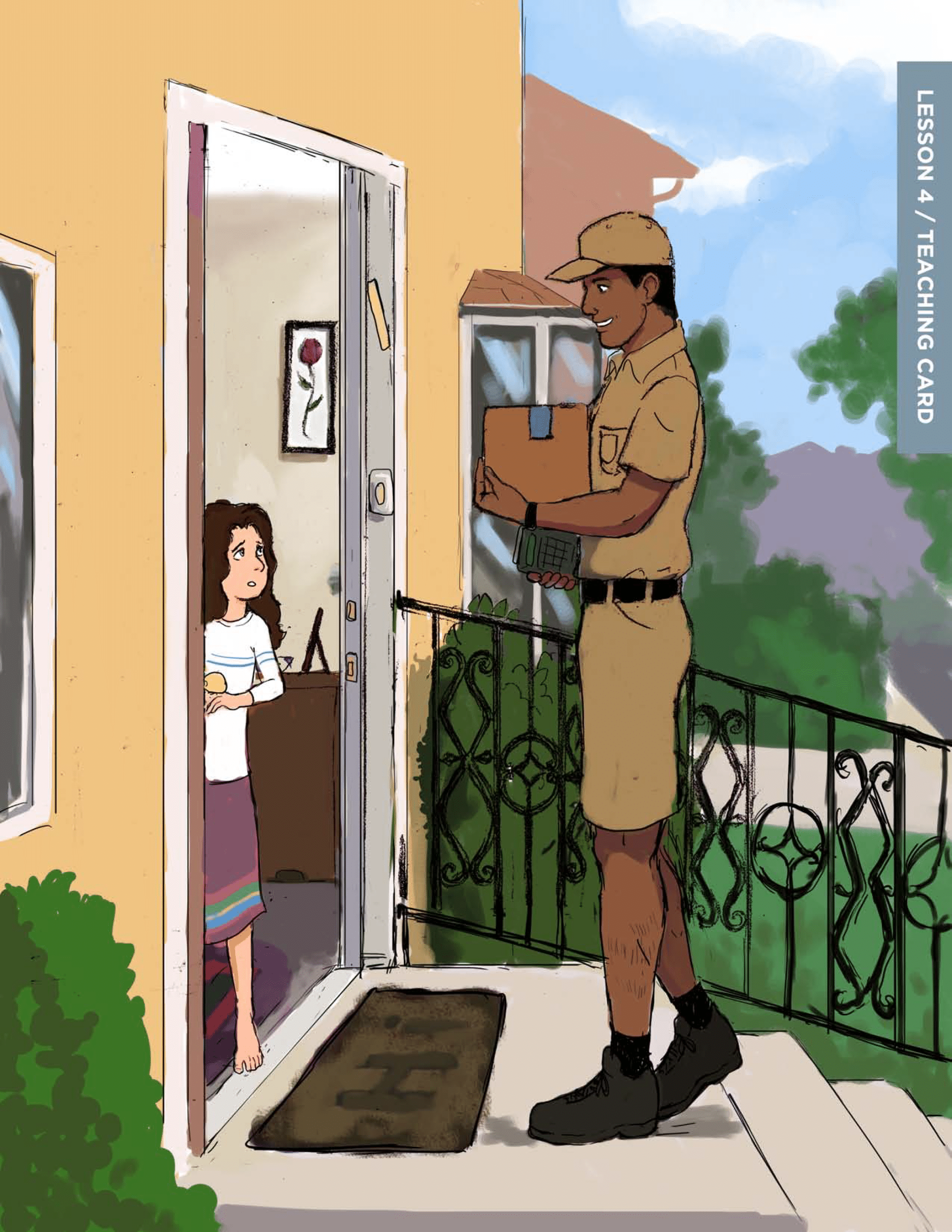 Lesson 4
Lesson 4
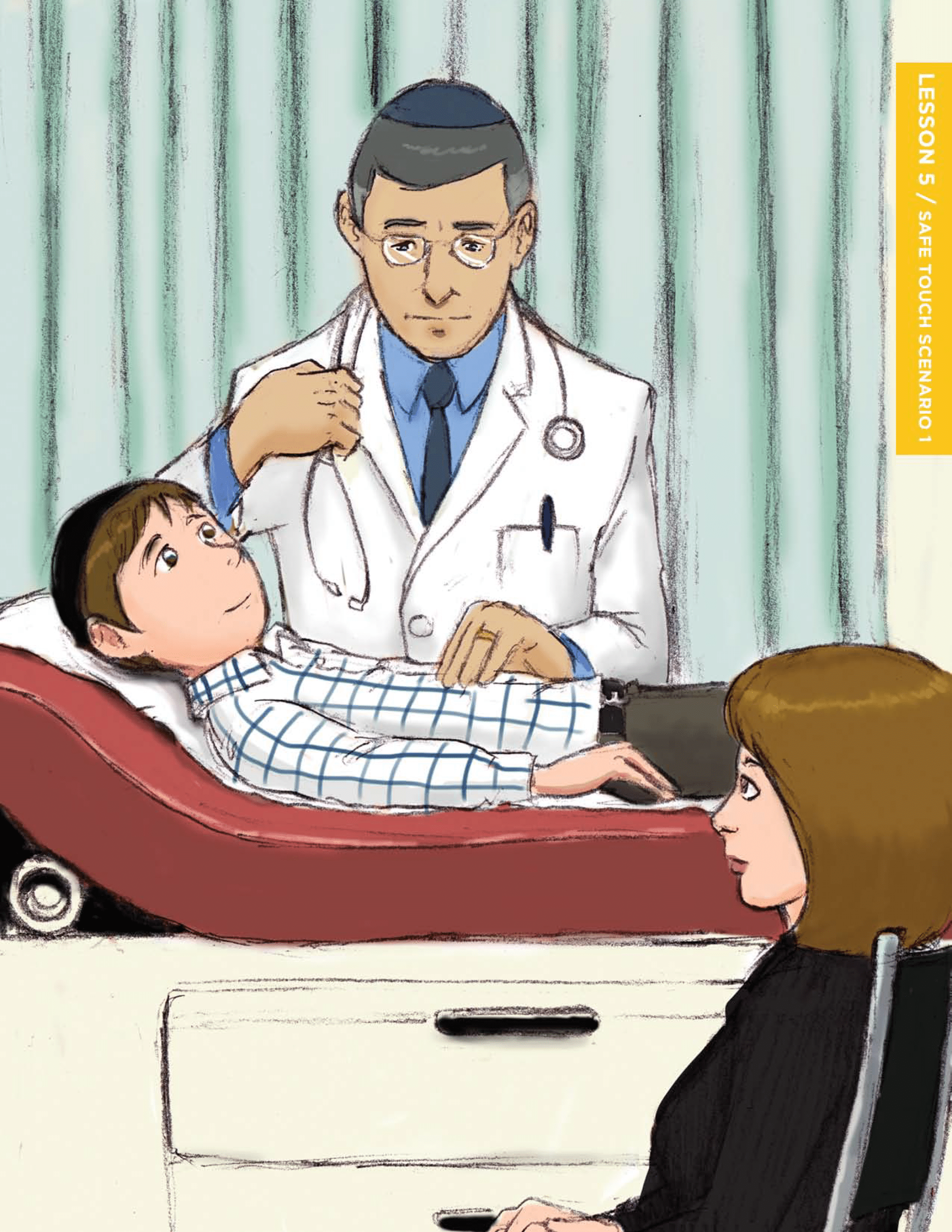 Lesson 5
Lesson 5
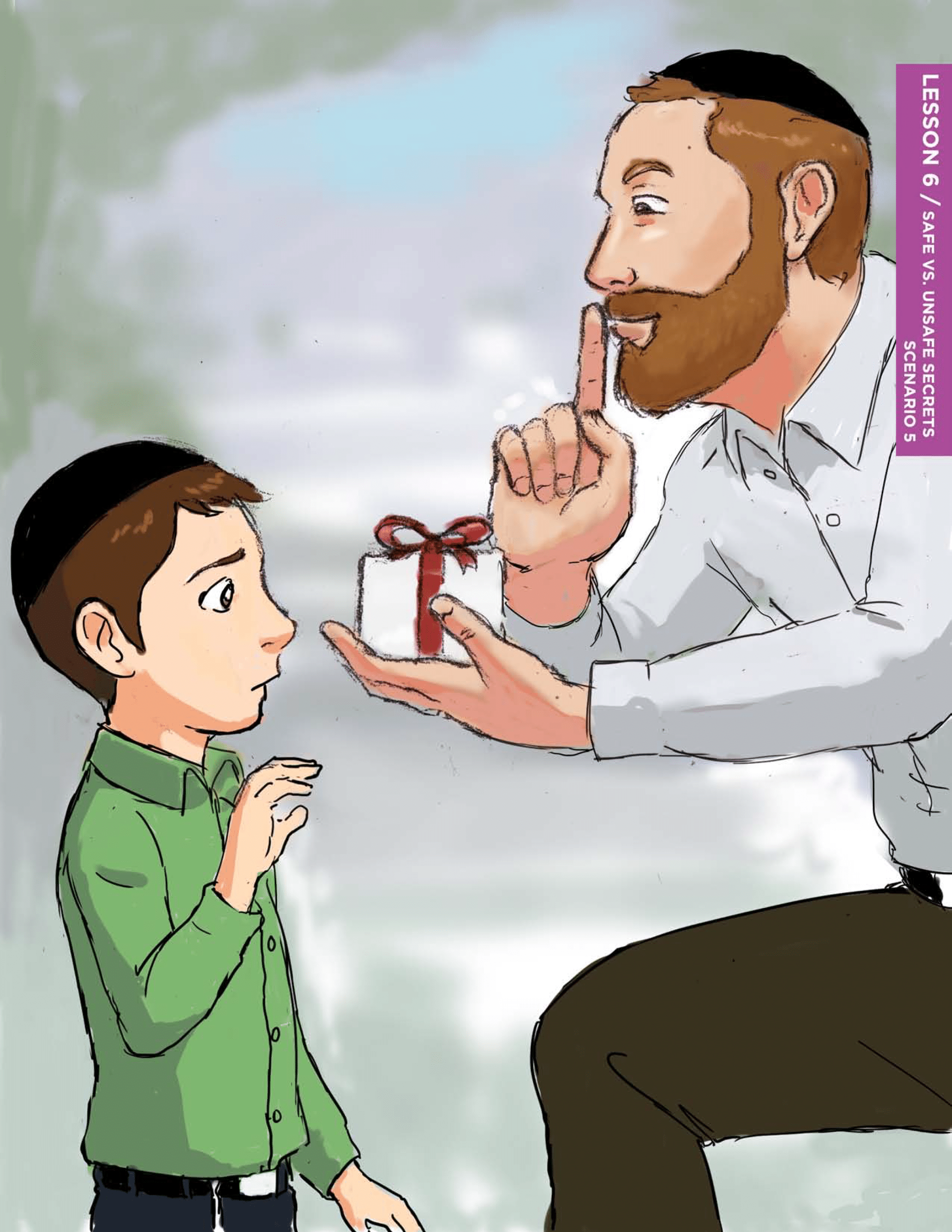 Lesson 6
Lesson 6

These helpers that we use can be our trusted adults. It is important to have trusted adults in our lives that we can turn to for anything. (have the kids think of 5 adults that they can talk to about anything)
Explain that each child will go home with a trusted adult chart to fill in. They should review it with their caregiver and decide together who should be on that chart.
1. You want to make sure not only to put people that are in your family but also at least one or two people you trust outside the home.; A teacher or nurse can be a trusted adult in school
and can be put on your safety chart.
2. You need to make sure that the trusted adults you pick are all old enough to drive a car, so you wouldn’t be able to put down your best friend in school. Although you like to share your feelings with your friend and your friend
even makes you feel better when you are feeling sad, your friend won’t be able to really help you figure out how to deal
with your feelings or what to do next time. You may choose to tell your friend about what happened, but make sure to
also tell a trusted adult on your chart.
3. Always remember that if you go to tell a trusted adult on your chart, but you don’t feel that person is really listening or providing you with the help you need, you can go tell another adult on your chart. You have to keep telling until you feel heard and you get help.
4. What if someone on your Safety chart is no longer an adult you want to have on your chart? Or you don’t feel that you trust them any longer, or you put your teacher from this year, but next year you have a new teacher you want to put on? Can you change the Adults on the chart? YES! Your Safety chart is yours so you can change the adults on your chart whenever you need to.

We talked about how important our feelings are and how trusted adults can be there to confide in when we want to talk or when we need help. Let’s discuss the steps we should always take to ensure that we will make good decisions and be safe. The steps are STOP, THINK, and ACT. What does this mean?
The first step is STOP. With this I mean that we should all take a deep breath. A deep breath is when you take in air through your nose and hold it in your lungs for a count of 3 and then let it out through your mouth for a count of 3. Why is breathing the first step? (let kids discuss)
This is important because often when you’re in a situation that can be difficult, it’s hard to think clearly and make good decisions. We need to take a deep breath to calm ourselves and figure out our next step. Let’s try that together: (practice deep breathing ex. Smell a flower, blow
out a candle).
Next is THINK. I want you to think of two things:
1. How am I feeling right now and is this safe or unsafe? Am I happy or sad? Scared or excited? What is going on in my heart and head? If I’m feeling happy it probably means I’m safe and if I’m feeling scared or uncomfortable I have to trust my inner voice and it probably means I’m not safe.
2. What is the safety rule for this situation? There will be many situations where you will not only THINK of how you are feeling and what those feelings are telling you, but more importantly, what the Safety rule is. The reason we have two parts in this step is because although we do have to trust our gut feeling, sometimes we may feel ok or comfortable or even happy, but the situation may still be unsafe. (ask the kids for examples). Ex. Playing in the sun- mom said apply sunscreen every hour, you are feeling just fine and safe not uncomfortable, not burned having fun, BUT when you come home later what’s going to happen? That’s right sunburned and it’s very painful. So here is an example of when your feelings may not give you the answer that is the safest. So it’s really important to remember to always follow the safety rules and we will learn some of those in our lessons together.
Now for the last step ACT there are also two parts:
1. Going to a safe place
2. Telling a safe adult
Let’s practice how to use these steps. (Teaching card) Let’s use a fire situation. You are in school in the bathroom and the fire alarm starts to ring: (write the steps on the board)
Now STOP– take a deep breath
THINK – 1. What are you feeling, is it safe or unsafe?
2. What are the fire drill rules in your school?
ACT– 1. Going to a safe place
2. Telling a safe adult

It’s common for children to think that “bad strangers” look scary. This is not only false but, dangerous for children to think this way. However, don’t make it seem like all strangers are bad. If children need help–whether they’re lost, being threatened by a bully, or being followed by a stranger–the safest thing for them to do in many cases is to ask a stranger for help.
There are certain times when we may need help from a stranger and knowing the safest way to do this is important.
Staying in a public place with lots of people around is the safe place to be. We need a Safe Stranger and the #1 Safe Stranger is a mother with children.
Why? A mother knows what it’s like to lose her child and she will make sure you get help.
Who are other good safe strangers? The cashier at the front of the store. Why? He/She has a microphone so she can page someone if you need. A security guard who stands at the entrance to the store is another possibility.
SAFETY RULE IS: STAY IN A PUBLIC PLACE and WHEN YOU ARE LOST OR IN AN EMERGENCY SITUATION YOU MUST FIND A SAFE STRANGER.

When thinking about perpetrators of child sexual abuse, many people picture an image of a creepy stranger. Parents and schools generally do a pretty good job of teaching their kids about “stranger danger.” However,this is not wheremostof the danger lies. The vast majority of sexual abusers are known to the children they target, so it is incumbent upon us to teach kids not only how to respond when an uncomfortable or dangerous situation arises, but also how to recognize when danger is approaching.
Below you will find the specific rules, which must be taught as a standard to follow in all situations. Telling a child that certain individuals, such as grandma or a close friend are okay, causes confusion, as the child may decide others are okay as well. In addition, the children should be reminded to apply the skills learned in Lesson 1 by knowing to Tell a Trusted Adult about how they felt in situations where they may have made a wrong decision as well as times when they made the correct choice of getting the Ok from their Grown-Up In Charge.
We have to make sure it’s okay with the grown up in charge before we:
1. Answer the door
2. Answer the phone – (this can vary by age and family preference)
3.Take anything from anybody – gift, candy, or treat
4. Go anywhere/change locations
5. Speak to other adults or older kids.

The most important component to stress is that even if a child does not say STOP or NO, he/she should Tell a Trusted Adult and there is no time limit on the Tell.
This rule applies to everybody, which means even if it is a cousin, uncle, grandmother, brother, sister or friend in your class. No One is allowed to touch, look at, or talk about your private parts because your body is yours and you have a right to keep your body safe!
Does that mean that a public part of your body I can touch when I want because it’s public? Can I just walk over and pinch your cheeks? Can I grab your hand really hard? No, I still need to respect you as a person and what may be ok to one person may not be ok for another. (Hand out baseball, STOP, THINK, ACT sheet to reiterate this point and do the sheet with the class).
This lesson may bring up questions that can be difficult. Try not to dismiss anything or get flustered if a child says something that sounds like a disclosure or something to look into more. Answer questions as fully as you are able and then tell the child you will find out what you don’t know. Contact our office or another professional for any questions you need help answering. To handle a disclosure or make a report, please consult the last section of this manual.

What’s the difference between a secret and a surprise? A surprise has an expiration date, it will eventually be told and a secret is something that usually is kept without an ending date. There are also safe secrets and unsafe secrets. How do we decide which is which? A safe secret usually can make us feel happy and comfortable. An unsafe secret can be confusing, upsetting, or has to do with our private parts. We must always tell unsafe secrets to our trusted adults.
Sometimes it’s really difficult for children to discuss certain things because they think they will get into trouble or they will be getting someone else into trouble. They may feel it is disrespectful to tell certain things. Children need to be told that finding a trusted adult to confide in when they feel unsafe or confused is the most important thing and even a mitzvah.
1. The Shomrei Neshamos League And The Safety Mission
Shani Verschleiser and Sarit Rubensteinn safe
2. Lauren’s Kingdom
Lauren Book
3. Let’s Stay Safe
Project Y.E.S.
4. Talking About Private Places
Bracha Goetz
5. Uncle Willie Tickles
Marcie Aboff
6. Some Secrets Should Never Be Kept
By Jayneen Sanders

Laws vary from state to state. It may be child protective services, a department of family and child services of your county, or law
enforcement. If you suspect the offender is in the child’s home call child protective services. If a child is in imminent danger call the police.
Necessary Information:
*If the child does not readily supply this information, do not continue to question or investigate. It could interfere later with the investigation. Remember you do not need proof of abuse only reasonable suspicion.
Even though your report may not result in legal action, the investigation may cause other services to take place, like counseling or the provision of necessities for the child.
Sometimes the investigating professionals may not be able to gather enough evidence to act on your report. Still, your report may become part of a series of reports that can lead to an action later.

1. The Shomrei Neshamos League And The Safety Mission
Shani Verschleiser and Sarit Rubensteinn safe
2. Lauren’s Kingdom
Lauren Book
3. Let’s Stay Safe
Project Y.E.S.
4. Talking About Private Places
Bracha Goetz
5. Uncle Willie Tickles
Marcie Aboff
6. Some Secrets Should Never Be Kept
By Jayneen Sanders